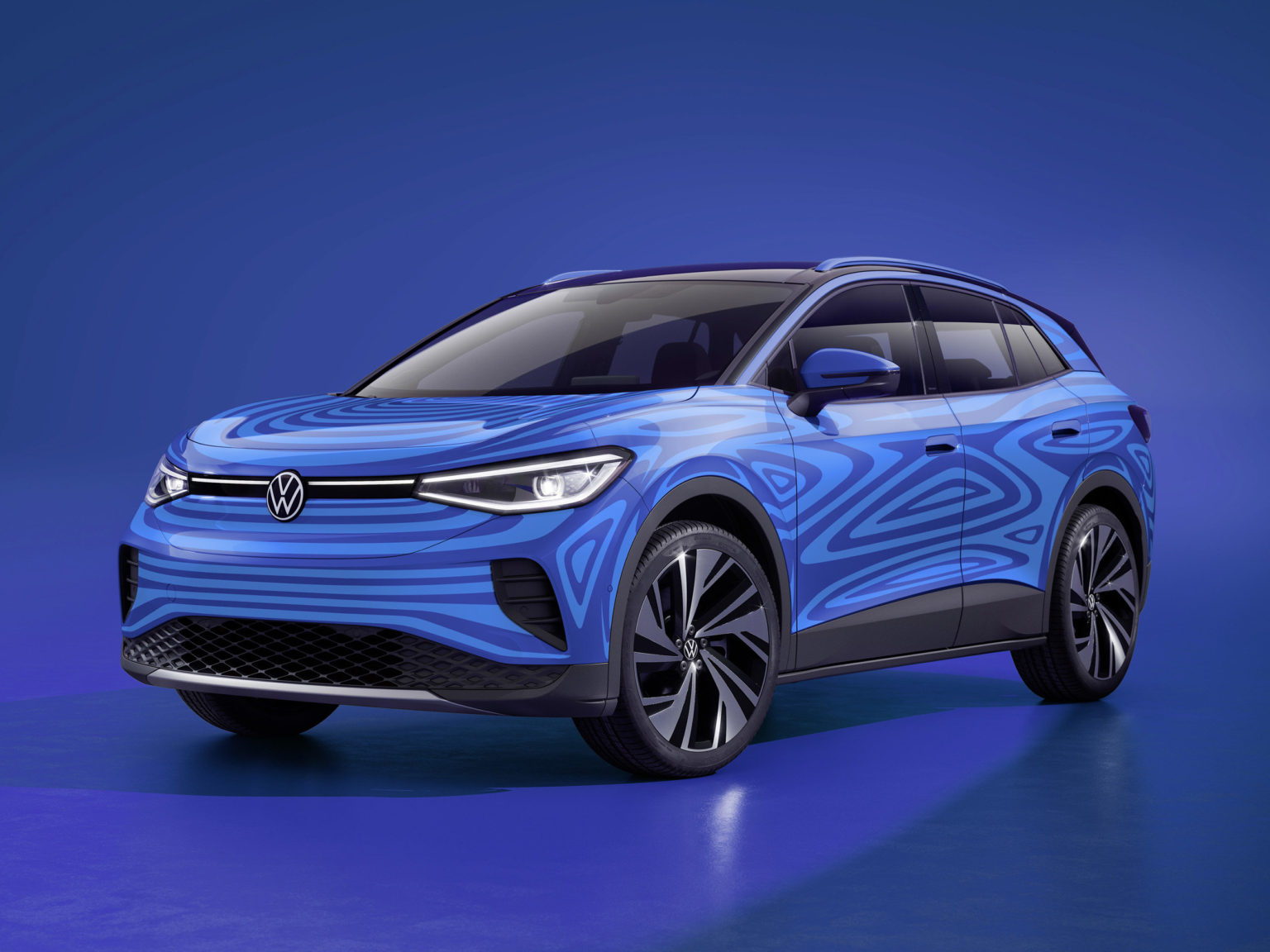Volkswagen is investing heavily into electric vehicles (EVs), even in the U.S. where the models make up a smidgeon of the sales each year. The company has already begun expanding its Chattanooga, Tennessee factory to build a North American center for the engineering and assembly of EVs.
That doesn’t mean that they’re just working on cars. They’re working on the design of the “things” that go into cars as well. Much of this will happen at the Engineering and Planning Center (EPC) in Chattanooga. Breaking ground on the center is set to happen soon with the expectation of it being fully operational by spring 2021.
Volkswagen is investing $800 million and adding 1,000 jobs at its Tennessee plant.
Photo courtesy of Volkswagen AG
The EPC will feature a unique, state-of-the-art high-voltage laboratory that is designed to develop and test electric vehicle cells and battery packs. These cells and packs are slated to be assembled in the U.S. before being inserted into vehicles.
“There are two ways that auto companies approach the development of electric vehicle batteries,” said Wolfgang Maluche, Vice President of Engineering at Volkswagen of America. “A lot of them will farm out the development and testing of batteries to another company, and some will actually do the work of developing and testing in-house. We are doing the latter.”
The lab will include pressure testers, explosion-rated climate chambers and – perhaps the most unique – a custom multi-axis shaker table (MAST), which is designed to test the integrity of vehicle components in some of the roughest conditions they might face on the road.
According to Volkswagen, most automotive labs have MASTs, “but almost none were designed for electric vehicle batteries”. EV batteries present their own set of testing challenges because of their size and weight. They typically weight hundreds of pounds each, making them the heaviest component in an EV.
“The battery is not only shaking; it is going through a series of harsh conditions to test its durability in a variety of possible environments, from the South Pole to the Sahara,” said Jason Swager, the Director of Electrical Development. “We needed to build a MAST that could withstand the immense force and frequency that we need to test these batteries.”
Volkswagen describes the process:
“To run a MAST at such high frequencies, Volkswagen had to design its own tool rather than using an outside supplier. The supports for the MAST will be buried 12 feet under the lab’s floor and buttressed with concrete to help withstand the forces in use. Volkswagen’s new lab will be only the second location in the country with a MAST of this size.”
Volkswagen is building the lab to LEED standards. “This lab was planned to be as sustainable as possible,” said Maluche.
The production version of the Volkswagen ID.4 EV is expected to be revealed soon. It will be produced at the factory. The company recently celebrated the 1 millionth vehicle to roll off the line at the plant.








